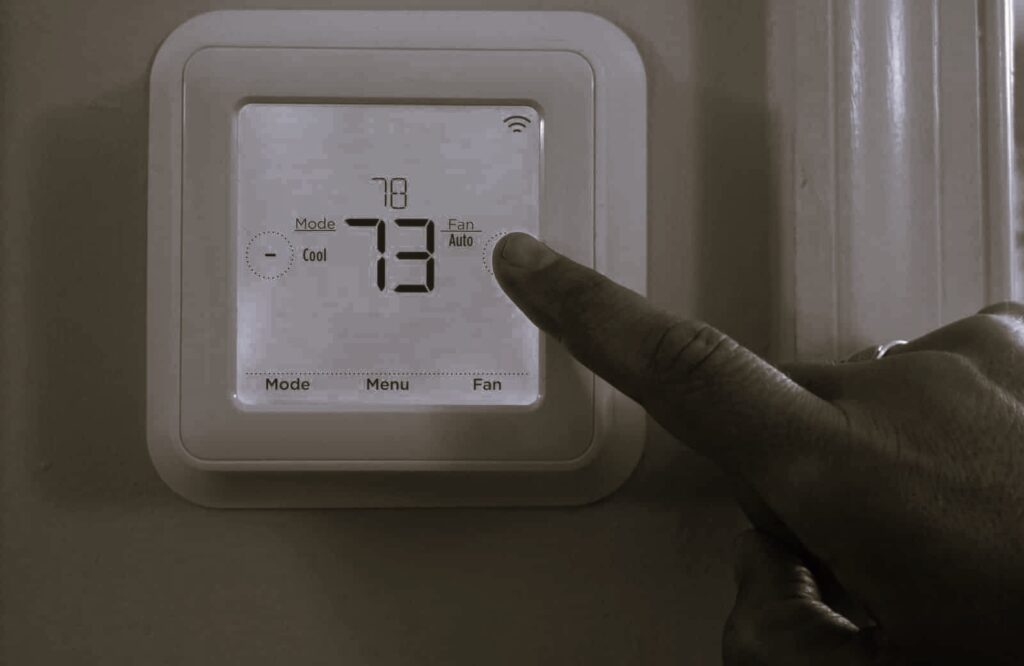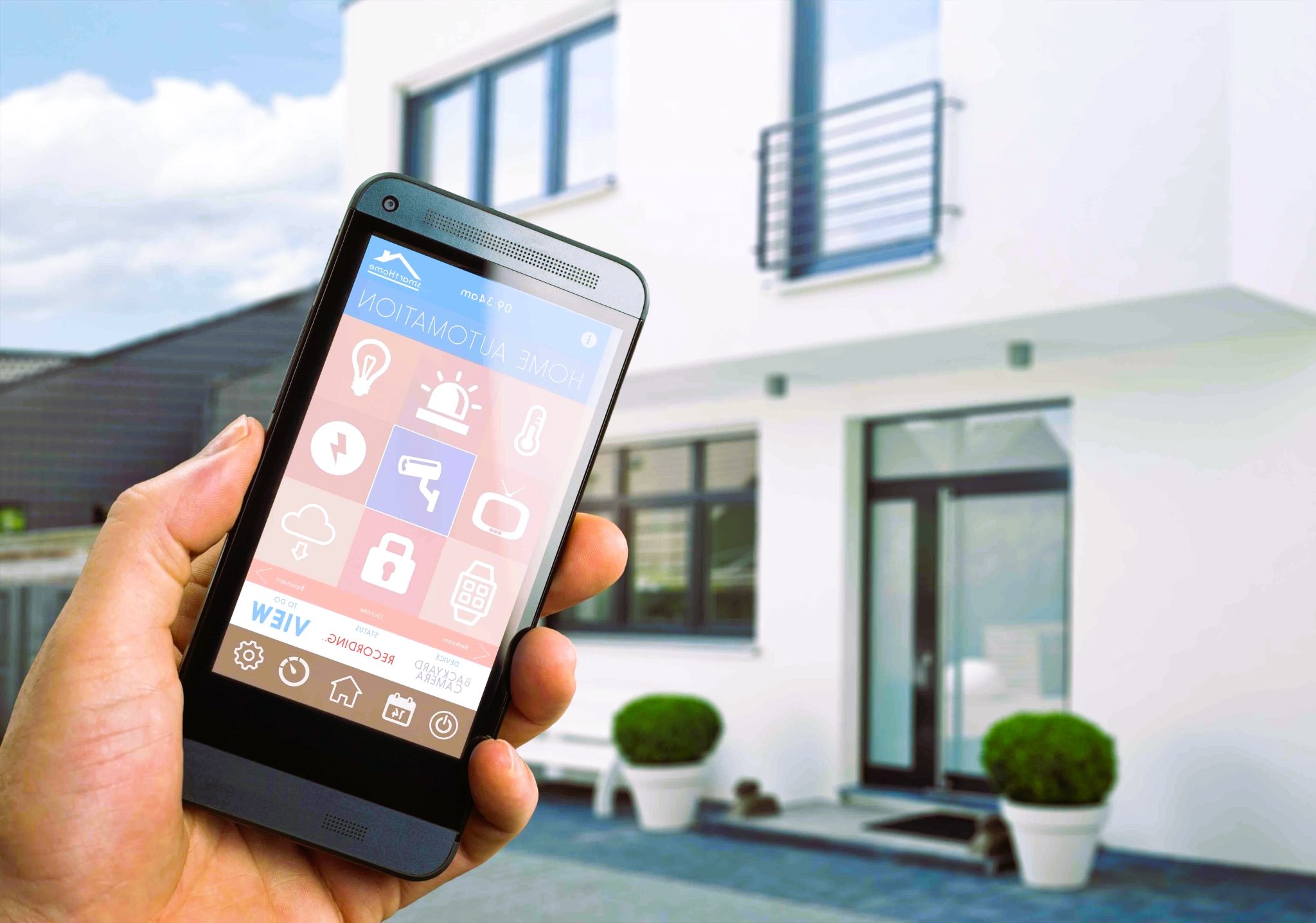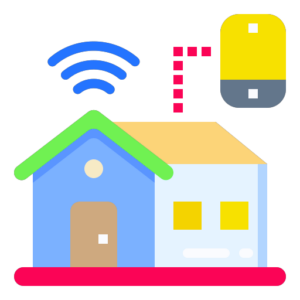The concept of a smart home has transitioned from a futuristic dream to an attainable reality, offering convenience, energy efficiency, and enhanced security. If you’re venturing into the world of smart homes and wondering where to start, this guide will help you navigate the essential components needed to launch your own intelligent living space.
1. Smart Home Hub: The Central Command
At the heart of every smart home is a central hub or controller that acts as the brain of the system. This hub facilitates communication between various smart devices, allowing them to work together seamlessly. Popular options include Amazon Echo, Google Home, and Apple HomePod. Choose a hub that aligns with your preferences and integrates well with the devices you plan to incorporate.
2. Smart Lighting: Illuminating Efficiency
Smart lighting systems offer not only the convenience of remote control but also the ability to customize ambiance and optimize energy consumption. Smart bulbs, switches, and dimmers allow you to adjust lighting levels based on your preferences or schedule. Consider brands compatible with your chosen hub for a cohesive smart home experience.
3. Smart Thermostats: Climate Control at Your Fingertips

Enhance energy efficiency and comfort by investing in a smart thermostat. These devices enable remote temperature control, learning your habits to create personalized schedules. Some models even offer integration with virtual assistants, allowing voice commands for temperature adjustments.
4. Smart Security Cameras: Eyes on Your Property
Security is a top priority for many smart homeowners. Install smart security cameras to monitor your property in real-time or review footage remotely. Look for features such as motion detection, night vision, and cloud storage. Ensure compatibility with your chosen hub for a unified security system.
5. Smart Door Locks: Keyless Entry and Monitoring
Upgrade your home’s security with smart door locks. These devices offer keyless entry options, allowing you to control access remotely. Some models integrate with other smart devices, enabling automated actions like turning off the lights and adjusting the thermostat when you lock the door.
6. Smart Sensors: Automating Your Environment
Sensors add a layer of automation to your smart home. Motion sensors can trigger lights or security cameras, while door and window sensors enhance security by alerting you to unauthorized access. Temperature and humidity sensors contribute to climate control, ensuring optimal conditions in different areas of your home. Read our complete guide to setting up your first smart home.
7. Voice-Activated Virtual Assistants: Your Personal Smart Home Butler
Integrate voice-activated virtual assistants into your smart home ecosystem. Whether it’s Amazon Alexa, Google Assistant, or Apple’s Siri, these virtual butlers respond to your commands, providing hands-free control over connected devices. Linking your virtual assistant to your smart hub expands its capabilities.
8. Smart Plugs and Outlets: Retrofitting Your Existing Devices
Transform traditional devices into smart ones with the addition of smart plugs or outlets. These allow you to control appliances remotely, schedule power cycles, and monitor energy usage. Ideal for retrofitting your existing appliances into your new intelligent home setup.
9. Smart Blinds and Curtains: Automated Window Treatments
Bring automation to your window treatments with smart blinds or curtains. These devices enable remote control, scheduled adjustments, and integration with other smart home components. Consider motorized options for a futuristic touch to your home decor.
10. ISO Standards: Ensuring Interoperability and Quality
When building a smart home, it’s crucial to consider standards that contribute to the interoperability and quality of your devices. ISO (International Organization for Standardization) plays a pivotal role in establishing global standards for various industries, including smart home technologies. These standards cover communication protocols, security measures, and testing methodologies, ensuring that devices from different manufacturers can work together seamlessly.
For a comprehensive overview of ISO standards related to smart home technologies, you can explore the ISO website.
11. Installation and Setup: Bringing It All Together

Once you’ve gathered your smart home components, the next step is installation and setup. Follow the manufacturer’s instructions for each device, ensuring that firmware is up-to-date and devices are properly configured. Many devices can be set up through dedicated apps or your chosen smart home hub.
12. Personalization and Automation: Tailoring Your Smart Home Experience
The true power of a smart home lies in personalization and automation. Customize settings to align with your lifestyle, preferences, and daily routines. Create automation scenarios that trigger specific actions based on conditions such as time, occupancy, or environmental factors. This level of personalization enhances the overall convenience and efficiency of your smart home.
13. Continuous Exploration and Expansion: Embracing the Smart Home Evolution
The world of smart home technology is continually evolving. Stay informed about updates, new devices, and emerging technologies to keep your smart home at the forefront of innovation. As you become more familiar with your system, consider expanding its capabilities with additional devices that cater to your evolving needs.
In conclusion, launching your smart home involves careful consideration of essential components, adherence to standards, and a commitment to personalization. By investing in quality devices, following best practices for setup, and embracing the guidance provided by standards organizations like ISO, you can create a smart home that enhances your lifestyle and provides a foundation for future advancements. Welcome to the future of intelligent living!


